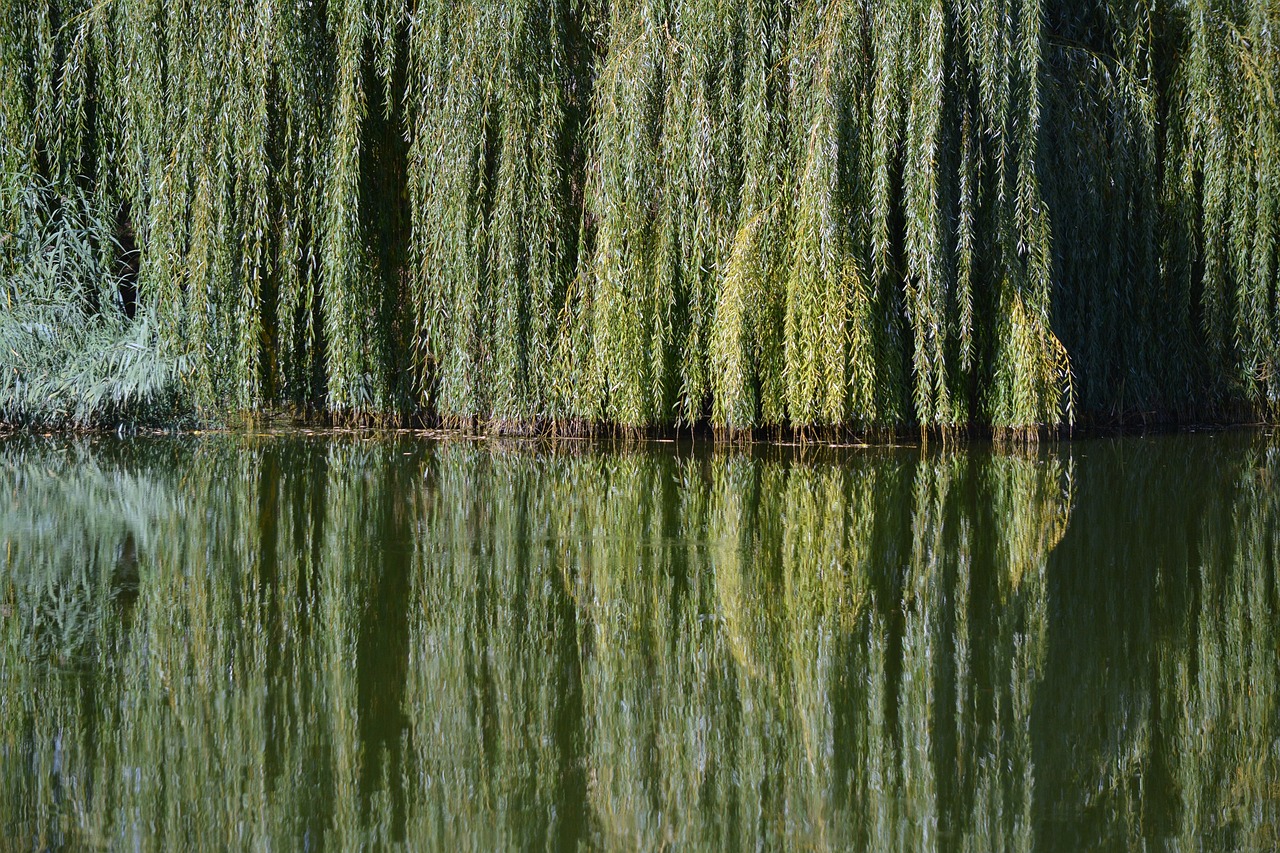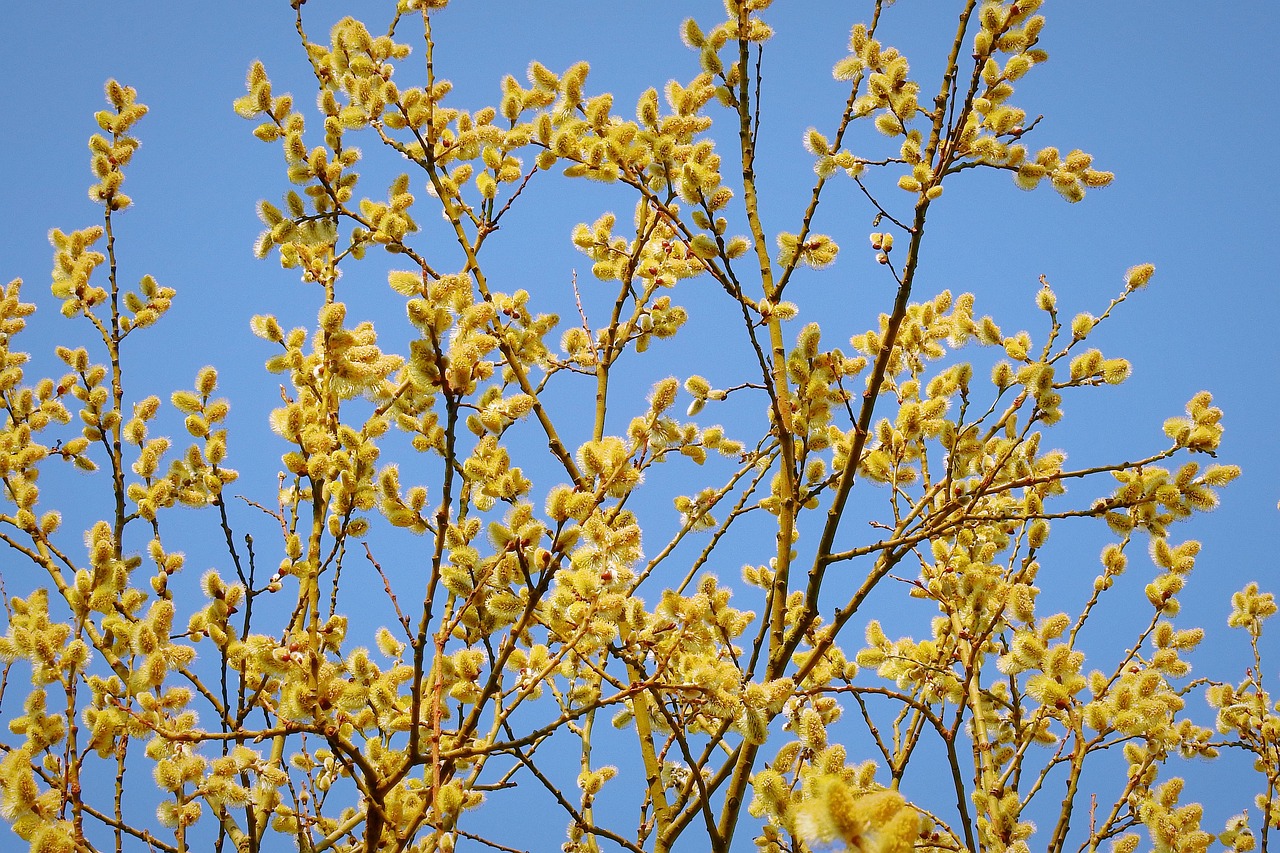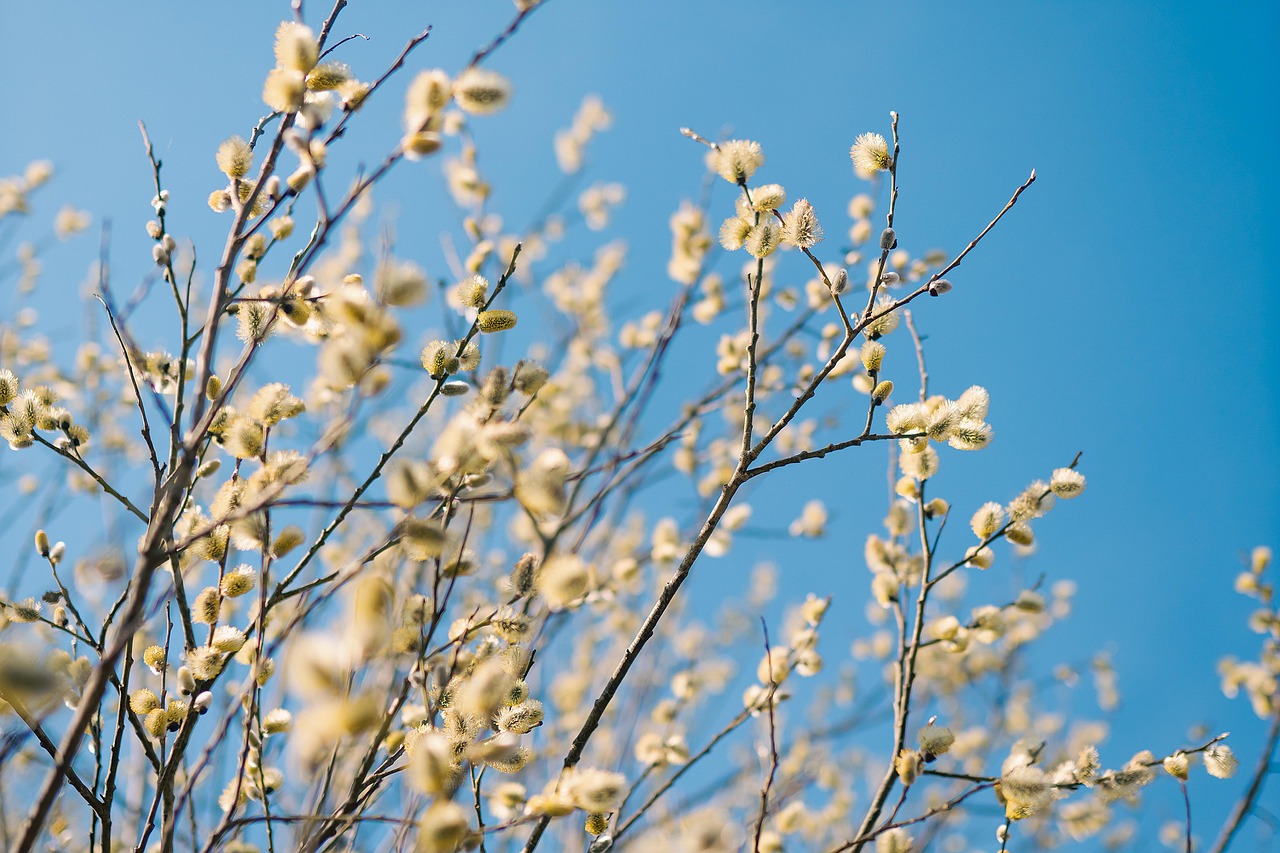The Desert Willow tree (Chilopsis linearis) typically has a moderate growth rate, reaching heights of 15 to 25 feet within a few years under optimal conditions. Its drought tolerance makes it an excellent choice for gardens that require low water usage.
Understanding the Desert Willow Tree
The Desert Willow is native to the southwestern United States and northern Mexico. This tree is well-known for its stunning, trumpet-shaped flowers that bloom in summer. The flowers can be pink, white, or purple, adding vibrant colors to any garden. The tree’s adaptability makes it a popular choice for xeriscaping and drought-tolerant gardens.

One of the notable features of the Desert Willow is its ability to thrive in arid environments. It requires minimal water once established, making it an ideal option for regions with limited rainfall. Understanding its growth rate and requirements can help gardeners create a sustainable and beautiful landscape.
Growth Characteristics
The growth rate of the Desert Willow varies based on environmental conditions, soil quality, and care provided. Here are some key aspects of its growth characteristics:
- Height: Typically grows between 15 to 25 feet.
- Width: Can spread 10 to 15 feet wide.
- Growth Rate: Moderate growth rate of about 1 to 2 feet per year.
- Lifespan: Can live for up to 20 years or more with proper maintenance.
The growth rate can be influenced by several factors. Proper sunlight exposure is essential for optimal growth. The Desert Willow prefers full sun, which helps promote vigorous blooming and healthy foliage. Additionally, soil drainage plays a critical role; well-draining soil prevents root rot and other issues that may hinder growth.

Ideal Conditions for Growth
To support the growth of a Desert Willow tree in a drought-tolerant garden, consider the following ideal conditions:
| Condition | Ideal Level |
|---|---|
| Sunlight | Full sun (6-8 hours per day) |
| Soil Type | Well-draining sandy or loamy soil |
| Watering Frequency | Infrequent once established; water deeply every few weeks |
| Fertilization | Minimal; use a balanced fertilizer once a year |
Additionally, the Desert Willow is highly resistant to pests and diseases, further enhancing its appeal in low-maintenance gardens. Its ability to tolerate poor soil conditions also makes it versatile for various landscaping needs.
Planting and Care Tips
When planting a Desert Willow tree, choose a location that receives ample sunlight and has good drainage. Follow these tips to ensure healthy growth:

- Select a planting site with full sun exposure.
- Avoid areas with heavy clay soil that retains moisture.
- Space trees at least 10 to 15 feet apart to allow for their mature width.
- Water the tree deeply after planting, then reduce frequency as it establishes.
- Prune only as necessary to maintain shape and remove dead or damaged branches.
The Desert Willow’s resilience and beauty make it an outstanding choice for any drought-tolerant garden. By providing the right conditions and minimal care, gardeners can enjoy this tree’s stunning blossoms and appealing form for years to come.
Benefits of the Desert Willow Tree
The Desert Willow tree offers numerous benefits that make it a valuable addition to drought-tolerant gardens. Its aesthetic appeal, low maintenance needs, and environmental advantages contribute to its popularity among gardeners. Understanding these benefits can help you appreciate why this tree is an excellent choice for arid landscapes.
Aesthetic Appeal
One of the primary reasons gardeners choose the Desert Willow is its beautiful flowers. The blossoms attract pollinators such as bees and hummingbirds, enhancing the ecological value of your garden. The tree’s slender, graceful branches and unique shape add visual interest throughout the year.

Low Water Requirements
The Desert Willow thrives in dry conditions, making it extremely drought-tolerant. Once established, it requires very little water, which can lead to significant savings on water bills. Here are some key points regarding its water usage:
- The Desert Willow is adapted to withstand long periods without rainfall.
- Once established, it may only need watering during prolonged dry spells.
- Overwatering can be detrimental to the tree’s health.
Wildlife Habitat
In addition to its beauty and low water requirements, the Desert Willow serves as a habitat for various wildlife. Here are some of the ways this tree supports local ecosystems:
- Pollinator Attraction: The fragrant flowers attract bees, butterflies, and hummingbirds.
- Bird Shelter: The canopy provides shelter for birds and other small wildlife.
- Food Source: Some species utilize the tree for nesting materials or forage for insects.
By planting a Desert Willow, you can create a thriving environment for beneficial wildlife, promoting biodiversity in your garden.
Cultural Significance
The Desert Willow holds cultural importance for several Native American tribes. Its wood is traditionally used for crafting items like baskets and musical instruments. The flowers have also been used in various cultural practices. Incorporating this tree into your garden can connect you to this rich heritage.
Common Varieties of Desert Willow
While the standard Desert Willow is widely known, there are several cultivated varieties that offer different flower colors and growth habits. Here are some popular varieties:
| Variety Name | Flower Color | Height |
|---|---|---|
| ‘Bubba’ | Pale purple | 15-20 feet |
| ‘Texas Star’ | Bright pink | 15-25 feet |
| ‘Rio Salado’ | White with lavender | 10-15 feet |
Selecting a variety that suits your landscape preferences can enhance the overall aesthetic of your garden while still benefiting from the tree’s drought tolerance.
Potential Challenges and Solutions
While the Desert Willow is generally low-maintenance, some challenges may arise during growth. Being aware of these issues can help you take proactive measures:
- Pest Issues: While resistant to many pests, aphids and spider mites can occasionally infest the tree. Regular monitoring and organic insecticidal soap can help control these pests.
- Leaf Drop: Leaf drop can occur during extreme heat or drought conditions. This is a natural response; however, consistent watering during dry periods can mitigate stress.
- Root Rot: Overwatering can lead to root rot. Ensure good drainage and avoid watering too frequently.
By understanding these potential challenges, gardeners can take steps to ensure their Desert Willow trees thrive in their landscapes.
Landscaping Ideas with Desert Willow
The versatility of the Desert Willow allows it to fit into various landscaping themes. Here are some ideas for incorporating this tree into your garden design:
- Accent Tree: Use a Desert Willow as a focal point in your garden landscape.
- Shade Provider: Plant it strategically to provide shade in outdoor seating areas.
- Xeriscaping: Combine with other drought-tolerant plants for a low-water landscape.
- Pollinator Garden: Pair with flowering plants to create a habitat for bees and butterflies.
The Desert Willow’s adaptability makes it suitable for various designs, allowing you to create a beautiful and functional garden space.
Seasonal Care for Desert Willow Trees
Understanding the seasonal care requirements of Desert Willow trees can enhance their growth and blooming potential. Each season presents unique opportunities and challenges for maintaining these trees. Below is a guide to the care needed throughout the year.
Spring Care
As temperatures rise in spring, the Desert Willow begins its active growth phase. Here are some important tasks to perform during this season:
- Pruning: Early spring is an excellent time for light pruning. Remove any dead or damaged branches to promote healthy growth.
- Fertilizing: Apply a balanced, slow-release fertilizer to support new growth. Follow the manufacturer’s instructions for application rates.
- Irrigation: As new leaves emerge, ensure the tree receives adequate water. Deep watering may be necessary if rainfall is insufficient.
Summer Care
In summer, the Desert Willow is in full bloom. This season requires specific attention to ensure the tree remains healthy:
- Watering: Maintain a regular watering schedule, especially during hot spells. Deep watering every two to three weeks is typically sufficient.
- Pest Control: Monitor for pests like aphids or spider mites. If detected, treat promptly with organic insecticidal soap or neem oil.
- Mulching: Apply a layer of organic mulch around the base of the tree to retain moisture and suppress weeds.
Fall Care
As temperatures begin to cool in fall, it is essential to prepare your Desert Willow for winter conditions:
- Watering Adjustment: Gradually reduce watering as the tree enters dormancy. Allow the soil to dry between waterings.
- Cleaning: Clear fallen leaves and debris from around the tree’s base to prevent fungal issues.
- Final Pruning: Conduct any necessary pruning before winter sets in. Focus on shaping the tree and removing any weak branches.
winter Care
Winter care for the Desert Willow is minimal but still important. Here are some considerations:
- Protection: In regions with harsh winters, consider wrapping the trunk with burlap or protective cloth to shield it from frost damage.
- Irrigation Monitoring: If there are extended dry spells, water the tree occasionally. However, avoid overwatering during dormancy.
- Inspect for Damage: Check for any signs of damage from cold weather or pests, and address issues promptly.
Cultivating Desert Willow from Seed
If you’re interested in growing a Desert Willow from seed, it’s a rewarding process that allows you to witness the entire growth cycle. Here’s a step-by-step guide:
- Seed Collection: Collect seeds from mature pods in late summer or early fall once they have dried.
- Preparation: Soak seeds in water for 24 hours to help with germination. This softens the seed coat.
- Sowing Seeds: Plant seeds in well-draining soil about 1/4 inch deep in a sunny location. If using pots, ensure they have drainage holes.
- Irrigation: Water gently but thoroughly after planting. Keep the soil moist but not soggy until germination occurs.
- Transplanting: Once seedlings have grown a few inches tall and have several leaves, they can be transplanted into the garden or larger pots.
This method allows gardeners to cultivate their own Desert Willows and enjoy the sense of accomplishment that comes with nurturing a tree from seed to maturity.
Common Uses in Landscaping
The Desert Willow is not only aesthetically pleasing but also serves practical purposes in landscaping. Here are some common uses:
- Shade Trees: Its broad canopy provides ample shade, making it ideal for patios and seating areas.
- Windbreaks: Planting multiple Desert Willows can create effective windbreaks, protecting other plants and structures from harsh winds.
- Erosion Control: The robust root system helps stabilize soil, making it a good choice for areas prone to erosion.
- Urban Areas: The tree’s drought tolerance makes it suitable for urban landscaping, where water conservation is a priority.
The versatility of the Desert Willow allows it to serve multiple functions while enhancing the beauty of any garden or landscape design.
Additional Considerations for Desert Willow Care
While the Desert Willow is a robust and adaptable tree, there are several additional considerations that can enhance its growth and longevity in your garden. Understanding these factors will help you create a thriving environment for your tree.
Soil Amendments
Though the Desert Willow can tolerate poor soil conditions, amending the soil before planting can provide significant benefits:
- Organic Matter: Incorporate compost or well-rotted manure into the planting hole to improve soil structure and fertility.
- pH Levels: Test the soil pH; Desert Willows prefer slightly acidic to neutral soil (pH 6.0 to 7.0). Adjust as necessary using lime or sulfur.
Companion Planting
Pairing the Desert Willow with compatible plants can enhance your garden’s overall health and beauty. Here are some suitable companions:
- Sagebrush: Both plants thrive in dry conditions and attract pollinators.
- Lavender: This fragrant herb thrives in similar soil and water conditions.
- Succulents: Varieties like agave and yucca can complement the arid aesthetic of the Desert Willow.
Creating a diverse planting scheme can lead to a more resilient ecosystem and reduce the likelihood of pest problems.
Environmental Impact
The Desert Willow not only beautifies landscapes but also contributes positively to the environment. Its deep root system helps improve soil structure, reduces erosion, and promotes water infiltration. Additionally, by planting trees like the Desert Willow, you can play a role in combating climate change through carbon sequestration. Trees absorb carbon dioxide from the atmosphere, helping to mitigate greenhouse gas effects.
Final Thoughts
The Desert Willow tree is an exceptional choice for anyone seeking to create a drought-tolerant garden that is both beautiful and functional. Its moderate growth rate, stunning flowers, and low maintenance needs make it ideal for various landscaping applications. By understanding its growth characteristics, seasonal care requirements, and environmental benefits, gardeners can successfully incorporate this tree into their designs.
Moreover, by selecting compatible plants and considering the broader ecological impact of your gardening choices, you can create a thriving habitat for wildlife while enjoying the aesthetic appeal of your garden. With proper care and attention, the Desert Willow will flourish, providing shade, beauty, and environmental benefits for years to come.
Ultimately, the Desert Willow stands out as a symbol of resilience in arid landscapes, reflecting the adaptability of nature. Whether you are an experienced gardener or just starting, planting a Desert Willow could be a rewarding addition to your outdoor space.
